



https://bmpd.livejournal.com/3410184.html




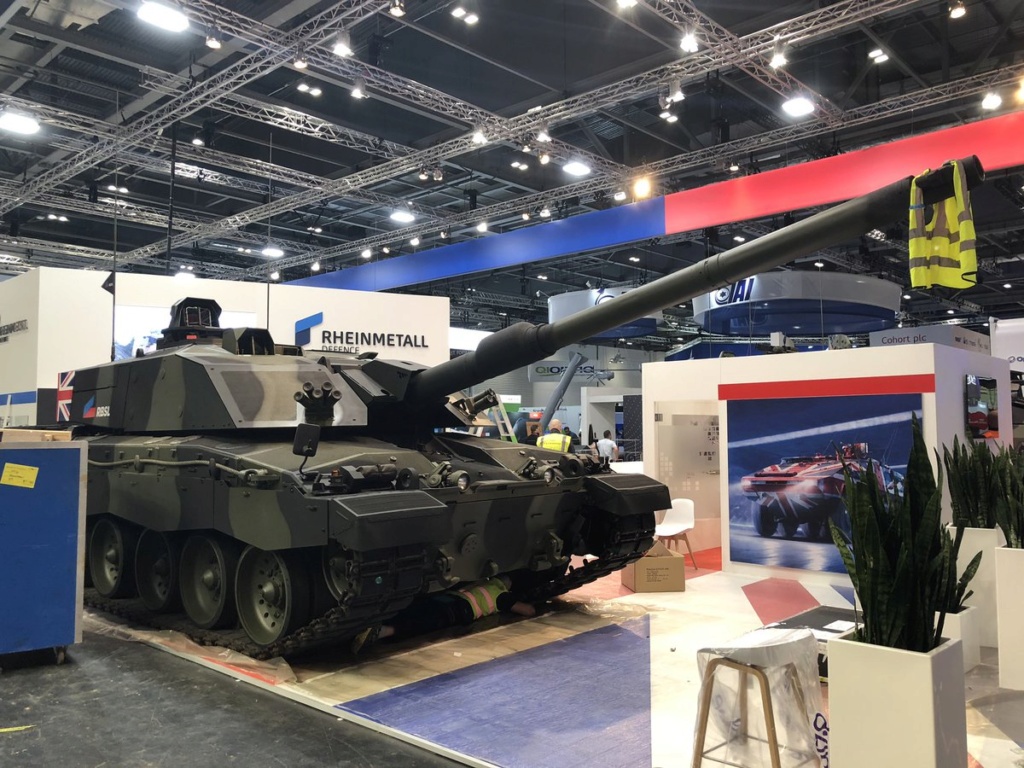
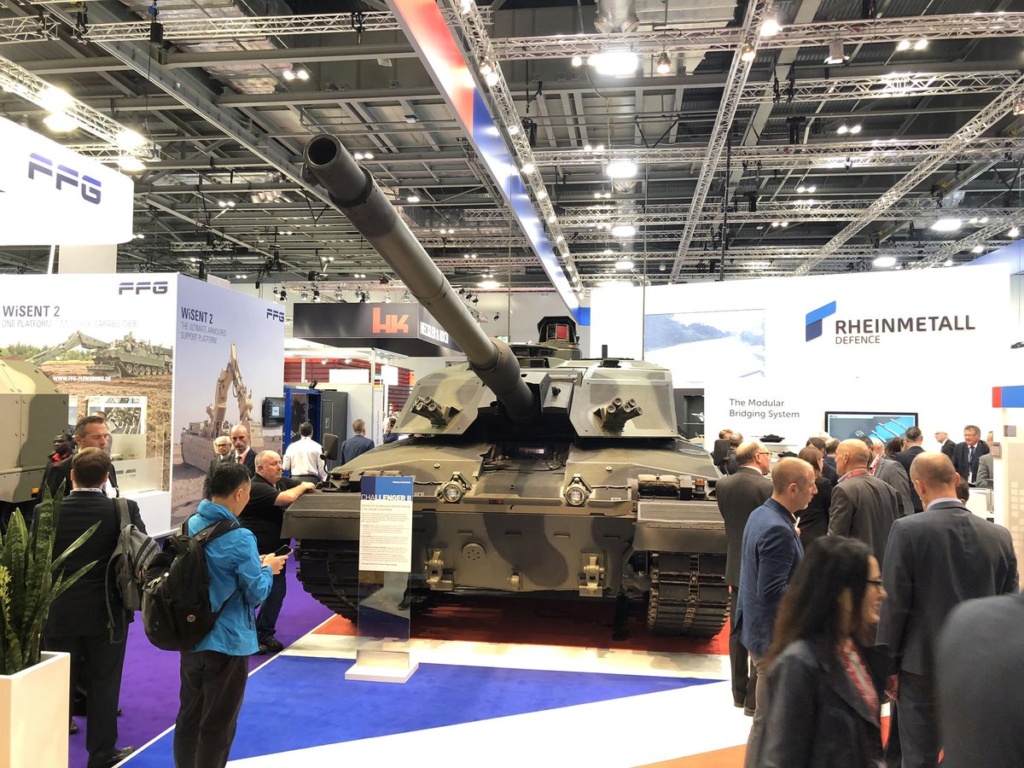
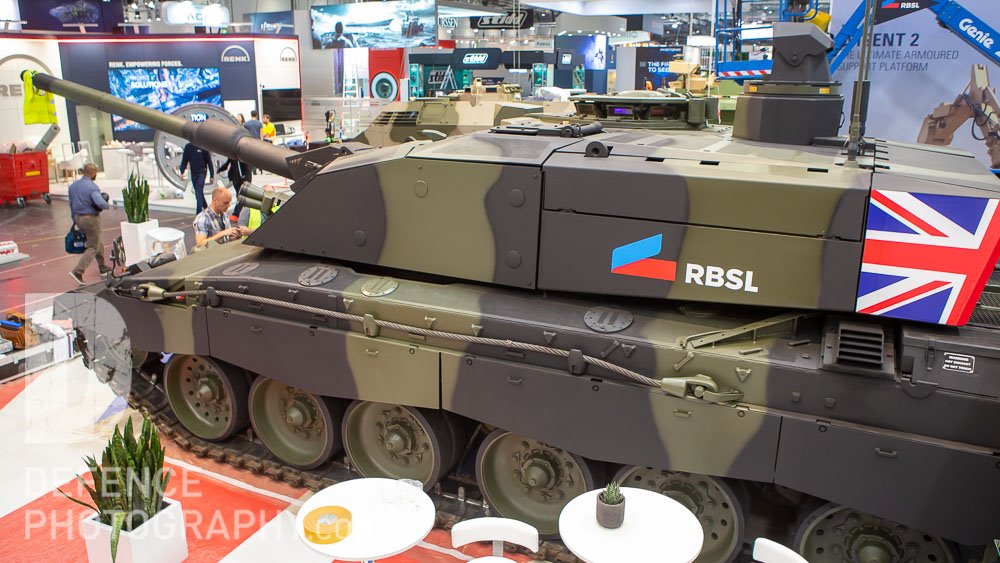
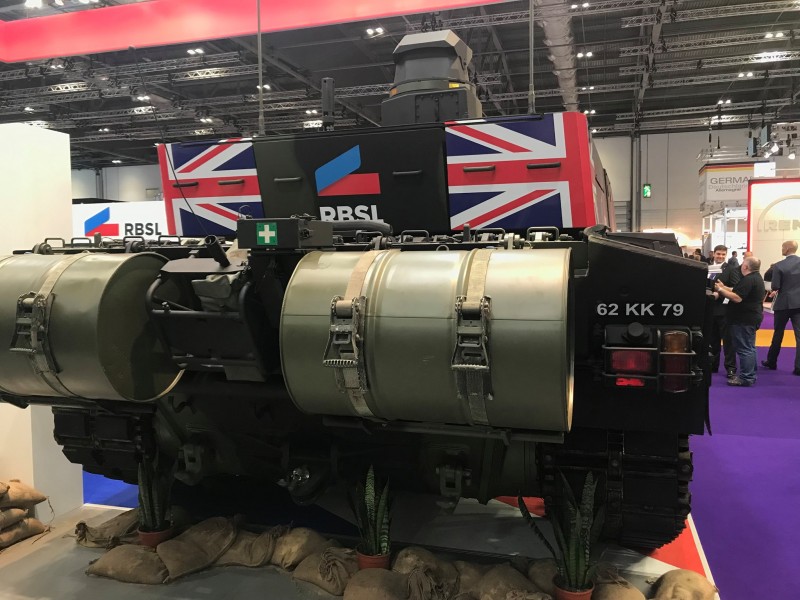

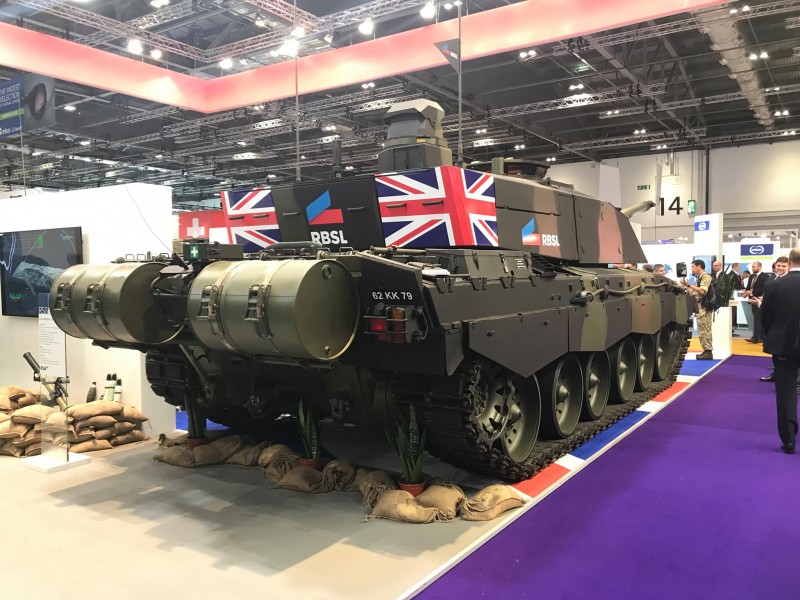
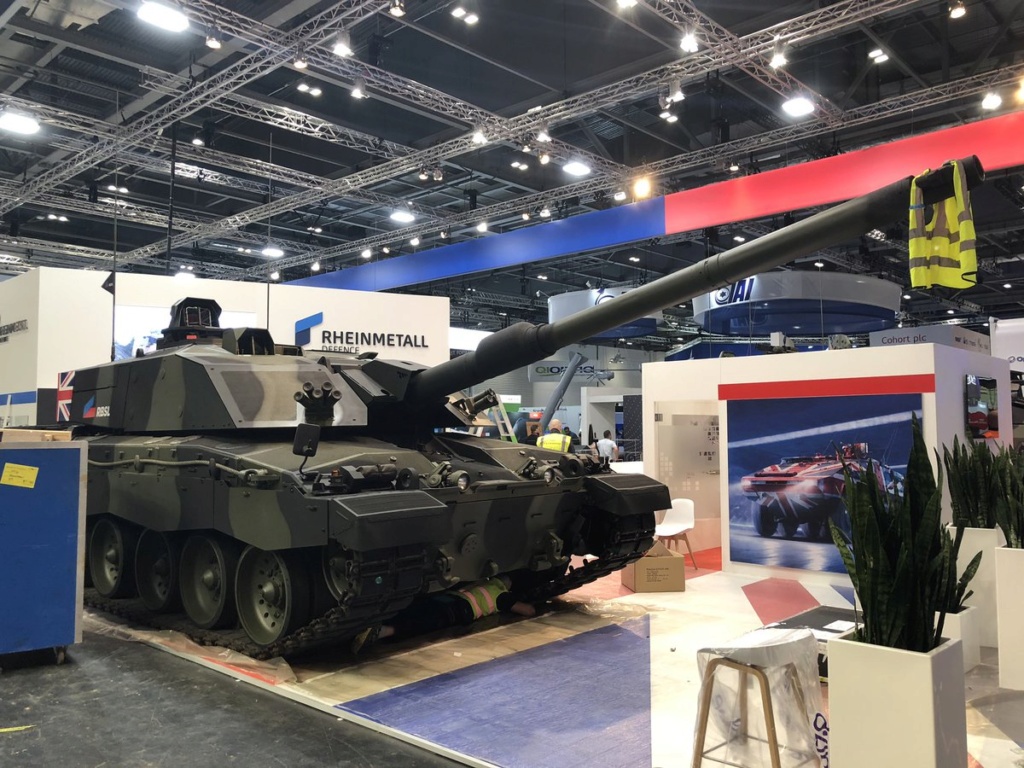
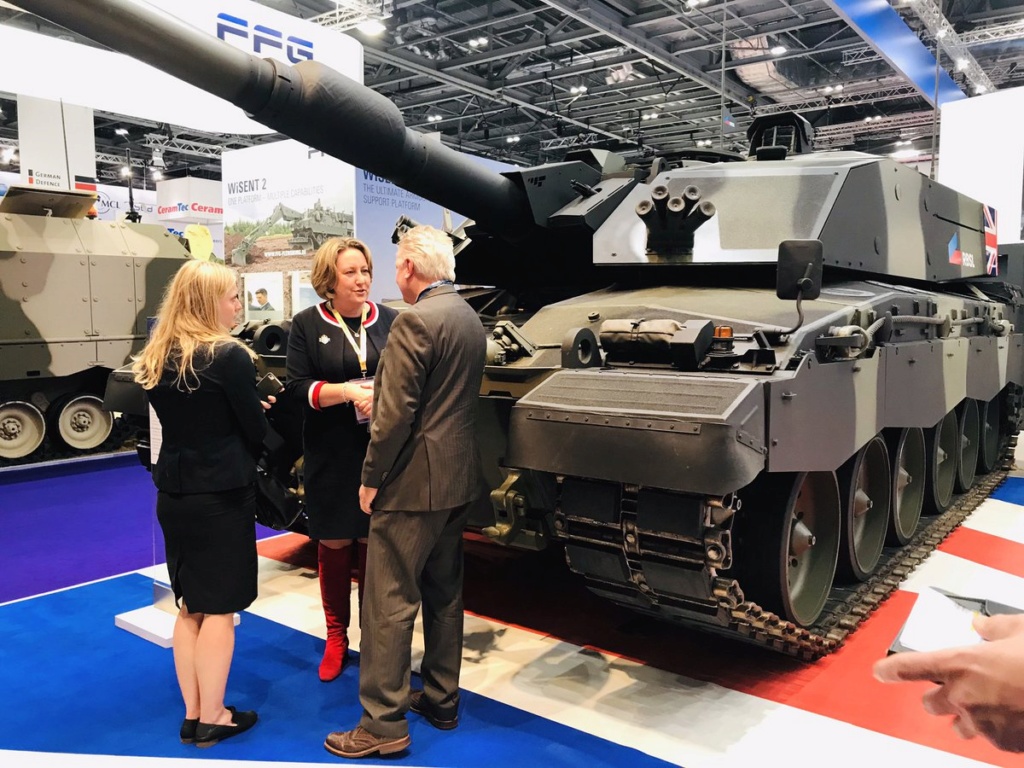
Well it's not like germans would lie and put into service something that doesn't work.

 APFSDS yaw
APFSDS yawHole wrote:The so-called arrowhead-spahed armour modules covering the frontal arc of the turret are made of laminated armour. They consist of three parts: the disturber, the disrupter (which is intended to break the KE-penetrator) and the absorber (which absorbs the splinters of the broken penetrator).






Isos wrote:What's the weight of this version ? They are going wild like Nazi and their huge project. A8 will be 100t if they keep like that.
APS means you can reduce the armor against HEAT and make it specifically against only APFSDS.
It may be a good tank but to use it will be quite a nightmare.
LMFS likes this post

Be it resolved by the Committee on Defense:
The Federal Government is requested,
to include in the 2021 budget the residual development and qualification of the 120mm KE2020Neo ammunition for the Leopard 2 CPC and to conclude a contract without delay. A report on implementation is to be submitted to the Defense Committee by March 31, 2021 at the latest.
Substantiation:
1. The L55 120mm tank gun system in use today in conjunction with the KE DM63 is no longer capable of successfully engaging the modernized portion of the Russian KPz fleet (several thousand vehicles) in the duel situation.
2. development of new 120 mm ammunition (KE2020Neo) would significantly reduce the capability gap to VJTF 2027 and provide the technological basis for closing this gap.
3. the current generation Leopard 2 main battle tank currently uses a KE ammunition with a penetrator technology dating back to 1995. modern reactive armor (Explosive Reactive Armour; ERA) such as the 3rd generation ERA (Relikt), which are and will be retrofitted to Russian main battle tanks even of older design (e.g.use in KPz T72B3, KPz T90M/MS), can no longer be successfully engaged with the existing KE ammunition. Therefore, there is an acute capability gap of the entire Leopard fleet in Germany and in the worldwide 120 mm user community including all NATO partners.
x_54_u43, LMFS and Hole like this post

lyle6 wrote:If ever some retard appears and says the current firepower suite of the Leopard 2s are in parity let alone overmatch versus modernized Russian armor:
Be it resolved by the Committee on Defense:
The Federal Government is requested,
to include in the 2021 budget the residual development and qualification of the 120mm KE2020Neo ammunition for the Leopard 2 CPC and to conclude a contract without delay. A report on implementation is to be submitted to the Defense Committee by March 31, 2021 at the latest.
Substantiation:
1. The L55 120mm tank gun system in use today in conjunction with the KE DM63 is no longer capable of successfully engaging the modernized portion of the Russian KPz fleet (several thousand vehicles) in the duel situation.
2. development of new 120 mm ammunition (KE2020Neo) would significantly reduce the capability gap to VJTF 2027 and provide the technological basis for closing this gap.
3. the current generation Leopard 2 main battle tank currently uses a KE ammunition with a penetrator technology dating back to 1995. modern reactive armor (Explosive Reactive Armour; ERA) such as the 3rd generation ERA (Relikt), which are and will be retrofitted to Russian main battle tanks even of older design (e.g.use in KPz T72B3, KPz T90M/MS), can no longer be successfully engaged with the existing KE ammunition. Therefore, there is an acute capability gap of the entire Leopard fleet in Germany and in the worldwide 120 mm user community including all NATO partners.
https://dip21.bundestag.de/dip21/btd/19/233/1923326.pdf
pp. 5-6
GarryB, magnumcromagnon, x_54_u43 and LMFS like this post